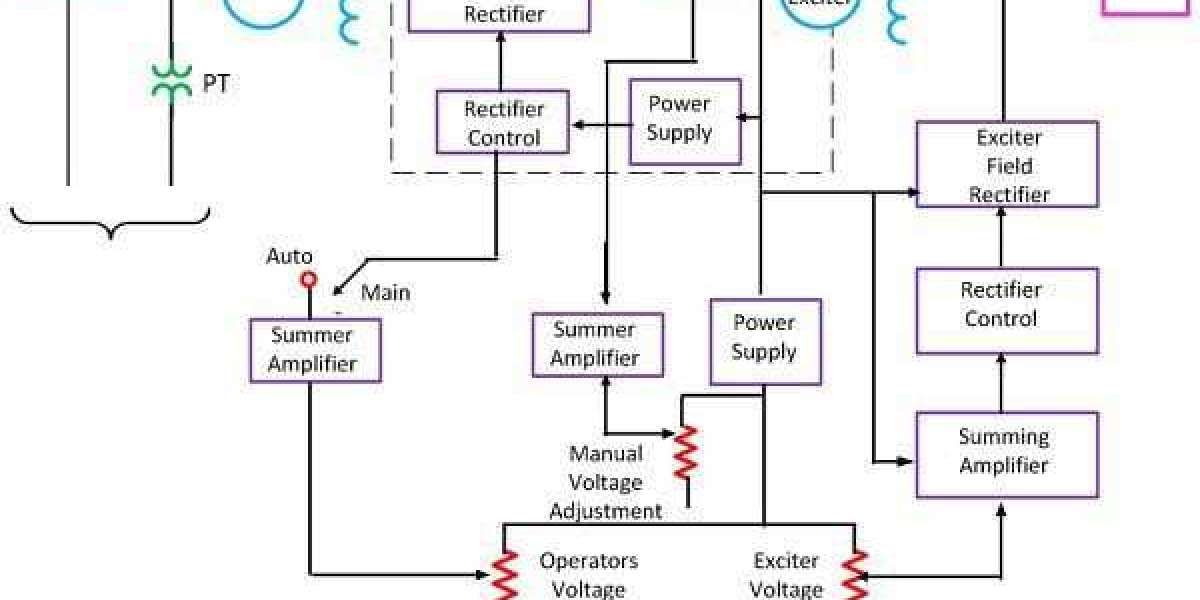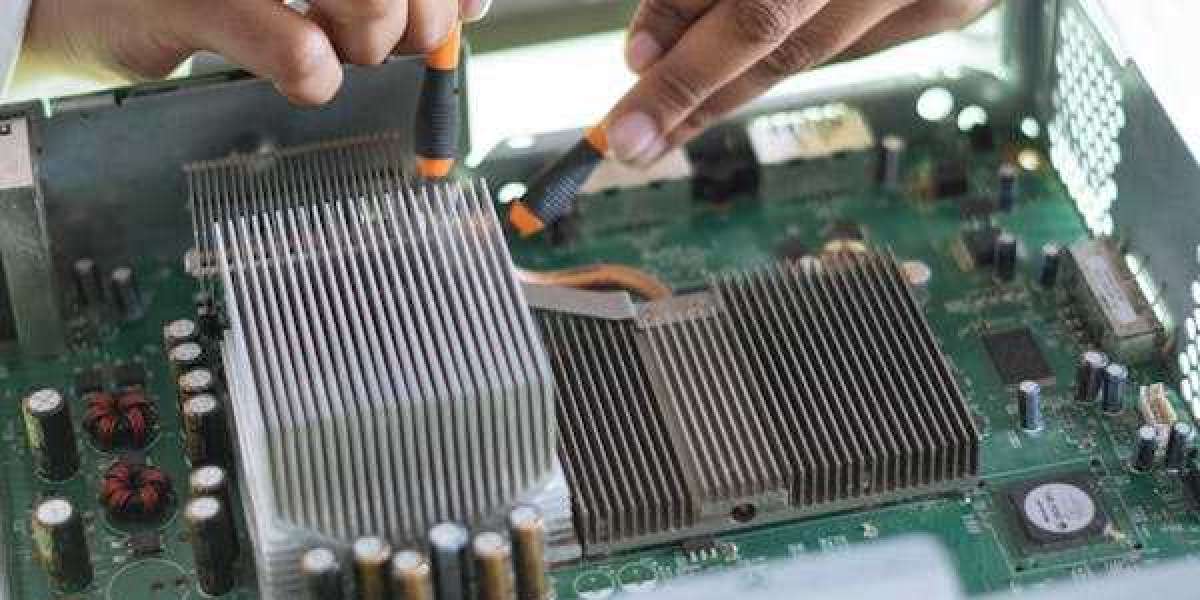The main function of an excitation system is to provide and control the electric current to the generator's field windings to produce a stable output voltage as the load on the generator changes. Properly functioning excitation systems are necessary to maintain synchronization between generators and ensure reliable power production and distribution.
Components of Excit Systems
Excitation Systems have several key components that work together to precisely regulate the generator's output voltage. The main components include:
- Rotating Rectifier: Located on the generator shaft, the rotating rectifier converts alternating current from the generator's auxiliary windings into direct current to energize the field windings. Brushes and slip rings allow current to pass from the stationary to the rotating part.
- Control Components: Sensors monitor the generator output and send feedback signals to an analog or digital voltage regulator. The regulator compares the actual voltage to a setpoint and determines how much current is needed from the field windings.
- Exciter: This component receives control signals from the voltage regulator and provides alternating current to drive the rotating rectifier. Most commonly, a rotating armature and stationary field coils make up the exciter.
- Field Windings: Embedded in slots in the generator rotor, multiple layered copper coils produce a rotating magnetic field when excited by direct current from the rectifier. The strength of the magnetic field directly influences the generator output voltage.
Voltage Regulator Operating Modes
Modern excit systems incorporate electronic voltage regulators that can operate in various modes:
- Automatic Voltage Regulation (AVR): In this closed-loop control mode, the regulator automatically adjusts the field current to maintain a constant output voltage as the load changes. Proportional-Integral-Derivative (PID) control algorithms are commonly used.
Get more insights on This Topic-Excitation Systems Market
Explore More Articles- Smart Glass Market














